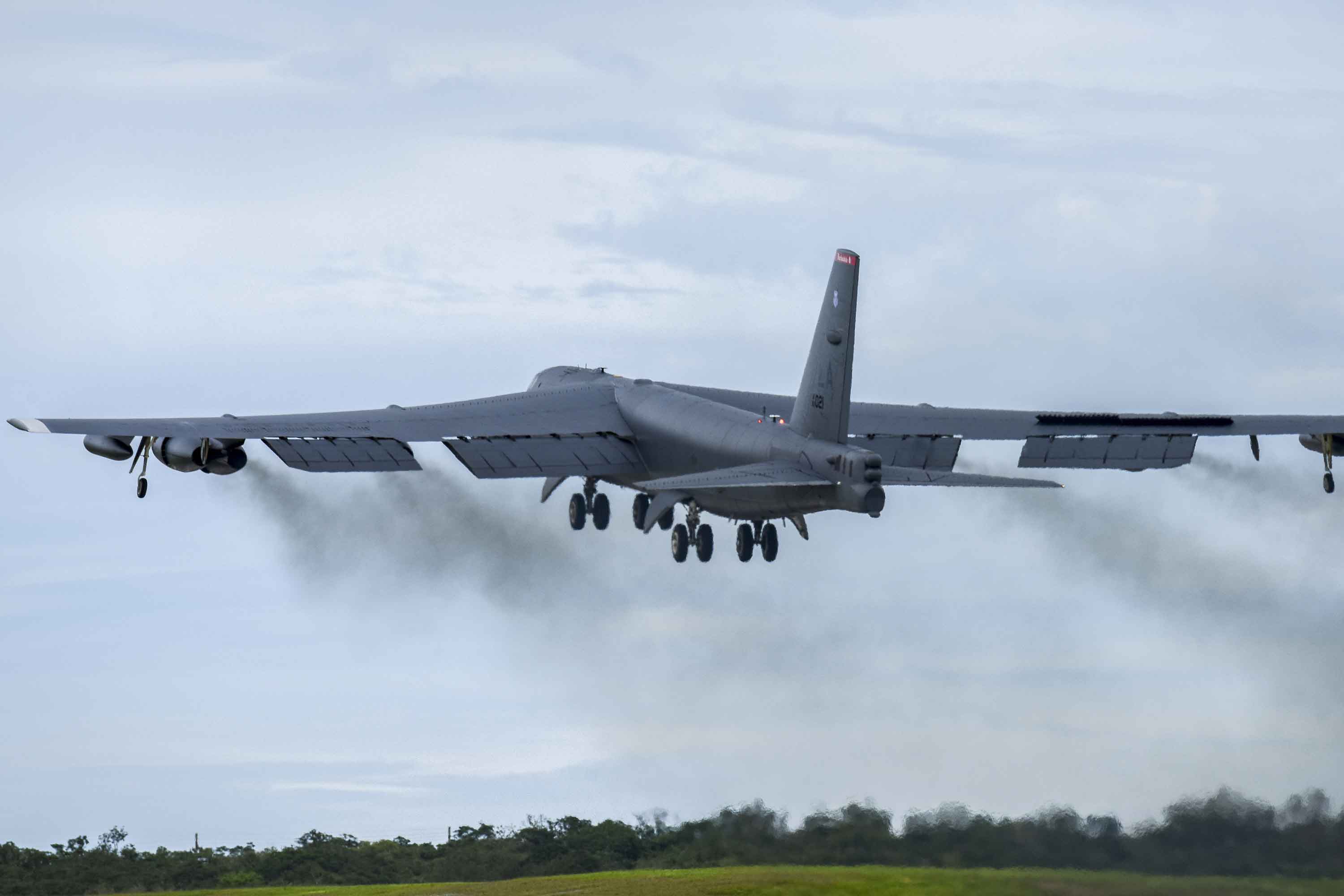- Joined
- Mar 31, 2018
- Messages
- 60,744
- Reaction score
- 6,479
- Location
- Norcross, Georgia
- Gender
- Male
- Political Leaning
- Liberal
And the US would need to have strike aircraft positioned very close to Russian territory to have any hope of a disarming first strike. iMINT assets would pick them up.
Why do you think nuclear-armed aircraft would need to be near Russian territory to bomb it ?
US bombers don't require to fly over Russian territory to strike it - you're stuck watch Dr Strangelove:
"The removal of nuclear gravity weapons like the B-61 and B-83 from the B-52 platform has been in effect for several years," said Justin Oakes, public affairs director for the Eighth Air Force and Joint-Global Strike Operations Center.
"The B-52 remains the premier stand-off weapons platform utilizing the air-launched cruise missile as the main nuclear deterrent...

The B-52 Will No Longer Carry Certain Nuclear Weapons. Here's Why
The B-52 Stratofortress will no longer carry the B61-7 and B83-1 nuclear gravity bombs as it prepares to carry the new long-range standoff weapon, known as LRSO.
Secondly, there's no way IMINT can determine if it's a nuclear or conventional strike
Thirdly, there's no way IMINT can determine what the target is
How little you know about nuclear strike aircraft
Are you ready to concede that IMINT assets are useless in determining US nuclear targets ?
Also, are you ready to concede that when you talk of Russian HUMINT assets, you have absolutely no idea of what you're talking about ?
